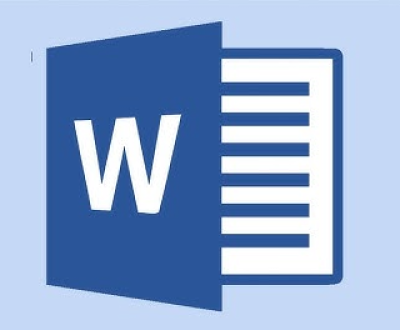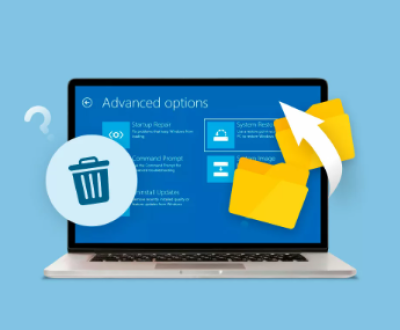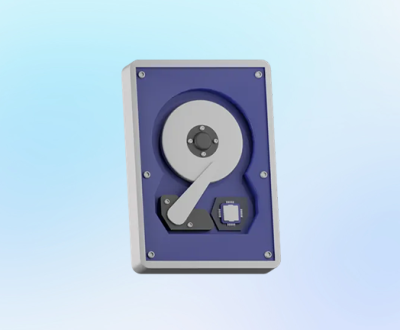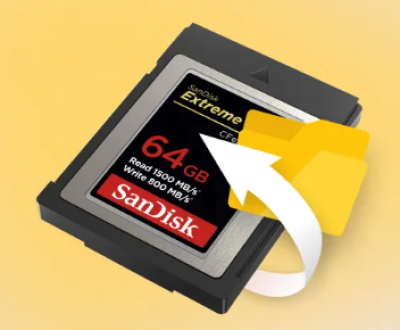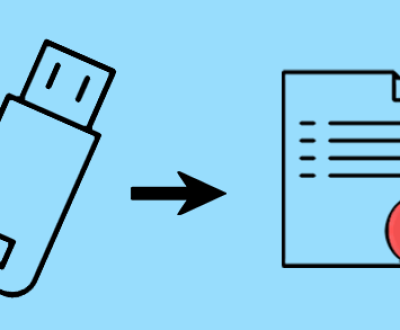The Virtual Disk Service (VDS) plays a crucial role in managing virtual disks, which are essential for virtual machines and other virtualized applications. However, like any technology, VDS is not immune to errors, and one such common issue is the “Virtual Disk Service error.” This comprehensive article aims to delve deep into this error, exploring its causes, symptoms, and effective troubleshooting methods.
What is the Virtual Disk Service?
The Virtual Disk Service is a Windows component that provides an interface for managing virtual disks. It allows users to create, attach, detach, resize, and perform other operations on virtual disks. Virtual disks can be in various formats, such as VHD (Virtual Hard Disk) or VHDX (an enhanced version of VHD), and are used by virtualization platforms like Hyper-V, VMware Workstation, and VirtualBox.

Common Symptoms of a Virtual Disk Service Error
Inability to Create or Attach Virtual Disks: Users may encounter errors when attempting to create a new virtual disk or attach an existing one to a virtual machine. For example, an error message might pop up stating that the operation cannot be completed due to a problem with the Virtual Disk Service.
Virtual Machine Boot Failures: If a virtual machine relies on a virtual disk managed by the VDS and there is an error, the virtual machine may fail to boot. This could result in a blue screen of death (BSOD) within the virtual machine or an error message indicating that the virtual disk could not be accessed.
Disk Management Issues: In the Disk Management console, users may notice that virtual disks are not recognized correctly or that operations on them, such as formatting or partitioning, fail. The console might display error codes related to the VDS.
Performance Degradation: In some cases, a VDS error may not prevent virtual disk operations entirely but can lead to performance degradation. For instance, accessing files on a virtual disk may be significantly slower than usual.
Causes of Virtual Disk Service Error
Driver Issues: Outdated, corrupted, or incompatible drivers for the storage controllers or virtualization software can cause VDS errors. For example, if the Hyper-V integration services drivers are not up to date in a Windows virtual machine, it can lead to problems with the VDS.
Disk Corruption: Physical or logical corruption of the virtual disk file itself can result in VDS errors. This can occur due to power outages, disk failures, or improper shutdowns of the virtual machine. If the file system on the virtual disk is damaged, the VDS may not be able to access or manage it correctly.
Permissions and Access Rights: Incorrect permissions or access rights set for the virtual disk files or directories can prevent the VDS from performing operations. For instance, if the user account running the virtualization software does not have the necessary permissions to read or write to the virtual disk file, it can lead to errors.
Software Conflicts: Conflicts between different software applications installed on the system, especially those related to disk management or virtualization, can cause VDS errors. For example, an antivirus program that is overly aggressive in scanning virtual disk files may interfere with the VDS operations.
Windows Updates: Sometimes, certain Windows updates can introduce bugs or compatibility issues with the VDS. A poorly implemented update might modify system files or settings that are crucial for the proper functioning of the Virtual Disk Service.
Hardware Problems: Issues with the underlying hardware, such as a failing hard drive or a malfunctioning storage controller, can affect the VDS. If the physical storage device where the virtual disk is stored is experiencing problems, it can lead to errors when the VDS tries to access or manage the virtual disk.
Troubleshooting Virtual Disk Service Error
Update Drivers: The first step in troubleshooting VDS errors is to ensure that all relevant drivers are up to date. For virtualization software like Hyper-V, update the integration services drivers. For storage controllers, visit the manufacturer’s website and download the latest drivers. In Windows, you can use the Device Manager to update drivers. Right-click on the relevant device (e.g., the storage controller) and select “Update driver.”
Check Disk Integrity: Use disk checking tools to verify the integrity of the virtual disk. For VHD or VHDX files in Windows, you can use the “chkdsk” command. Mount the virtual disk as a drive (if possible) and run the command “chkdsk /f” to fix any file system errors. If the virtual disk is severely corrupted, you may need to restore it from a backup.
Verify Permissions: Ensure that the user account running the virtualization software has the correct permissions for the virtual disk files and directories. Right-click on the virtual disk file or directory, select “Properties,” and go to the “Security” tab to check and modify the permissions as needed.
Troubleshoot Software Conflicts: Temporarily disable any software that might be interfering with the VDS, such as antivirus programs or disk management utilities. Try performing the VDS operations again to see if the error persists. If the error goes away, you can reconfigure the software or look for an alternative that is more compatible with the virtualization environment.
Roll Back Windows Updates: If the VDS error started occurring after a Windows update, try rolling back the update. In Windows, go to “Settings” > “Update & Security” > “Windows Update” > “Update history” and click on “Uninstall updates.” Select the update that you suspect might be causing the problem and uninstall it.
Check Hardware: If the above steps do not resolve the issue, check the hardware components related to the storage. Test the hard drive for errors using diagnostic tools provided by the manufacturer. If possible, try moving the virtual disk to a different storage device to see if the problem persists. If the hardware is faulty, consider replacing the affected components.
Advanced Troubleshooting Techniques
Event Viewer Analysis: The Windows Event Viewer can provide valuable information about VDS errors. Open the Event Viewer, navigate to “Applications and Services Logs” > “Microsoft” > “Windows” > “Virtual Disk Service” and look for error events. The details of these events can help identify the root cause of the problem, such as a specific component that is failing or a system call that is returning an error.
Using VDS Command-Line Tools: Windows provides command-line tools for managing the Virtual Disk Service. For example, the “diskpart” utility can be used to perform advanced disk management operations on virtual disks. You can use commands like “list disk,” “select disk,” and “attach vdisk” to troubleshoot issues related to virtual disk attachment and management.
Debugging the VDS Service: In more complex cases, developers or advanced users may need to debug the VDS service itself. This involves using debugging tools like WinDbg to analyze the service’s behavior and identify the source of the error. However, this is a highly technical process and should only be attempted by those with the necessary expertise.
Preventing Virtual Disk Service Errors
Regular Backups: Make sure to regularly back up your virtual disks to prevent data loss in case of disk corruption or other issues. Use reliable backup software and store the backups in a separate location, such as an external hard drive or a cloud storage service.
Keep Software Updated: Keep your operating system, virtualization software, and device drivers up to date. Software updates often include bug fixes and security patches that can prevent VDS errors from occurring.
Proper Shutdown Procedures: Always follow the proper shutdown procedures for your virtual machines. Gracefully shutting down a virtual machine ensures that the virtual disk is properly flushed and closed, reducing the risk of file system corruption.
Monitor Disk Health: Use disk monitoring tools to keep an eye on the health of your physical storage devices. This can help you detect potential hardware problems early and take preventive measures before they cause VDS errors.
About us and this blog
Panda Assistant is built on the latest data recovery algorithms, ensuring that no file is too damaged, too lost, or too corrupted to be recovered.
Request a free quote
We believe that data recovery shouldn’t be a daunting task. That’s why we’ve designed Panda Assistant to be as easy to use as it is powerful. With a few clicks, you can initiate a scan, preview recoverable files, and restore your data all within a matter of minutes.
Subscribe to our newsletter!
More from our blog
See all postsRecent Posts
- How to recover deleted word document 2025-07-09
- How to recover deleted photos on sd memory card 2025-07-09
- How to recover completely deleted files 2025-07-09

 Try lt Free
Try lt Free Recovery success rate of up to
Recovery success rate of up to

